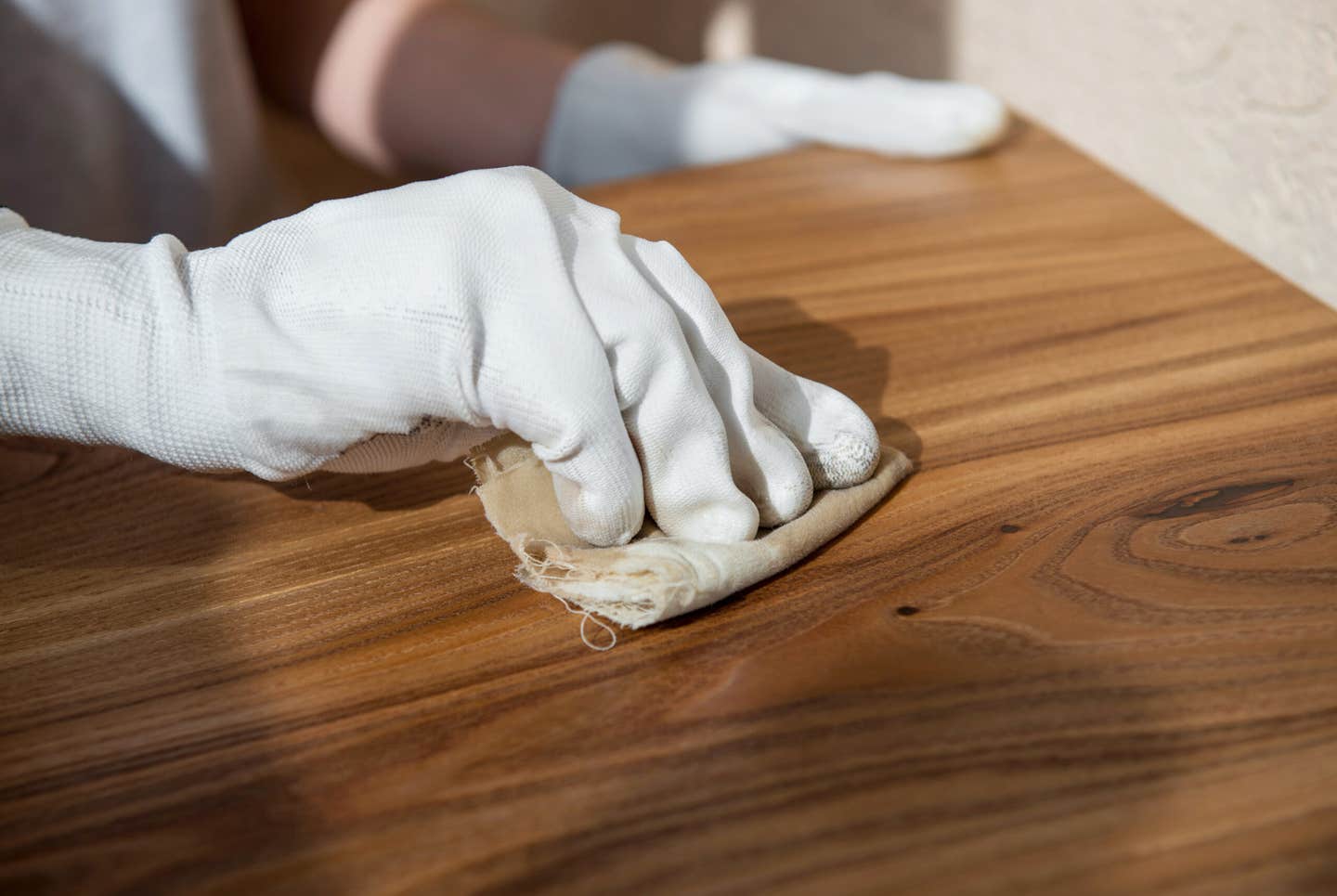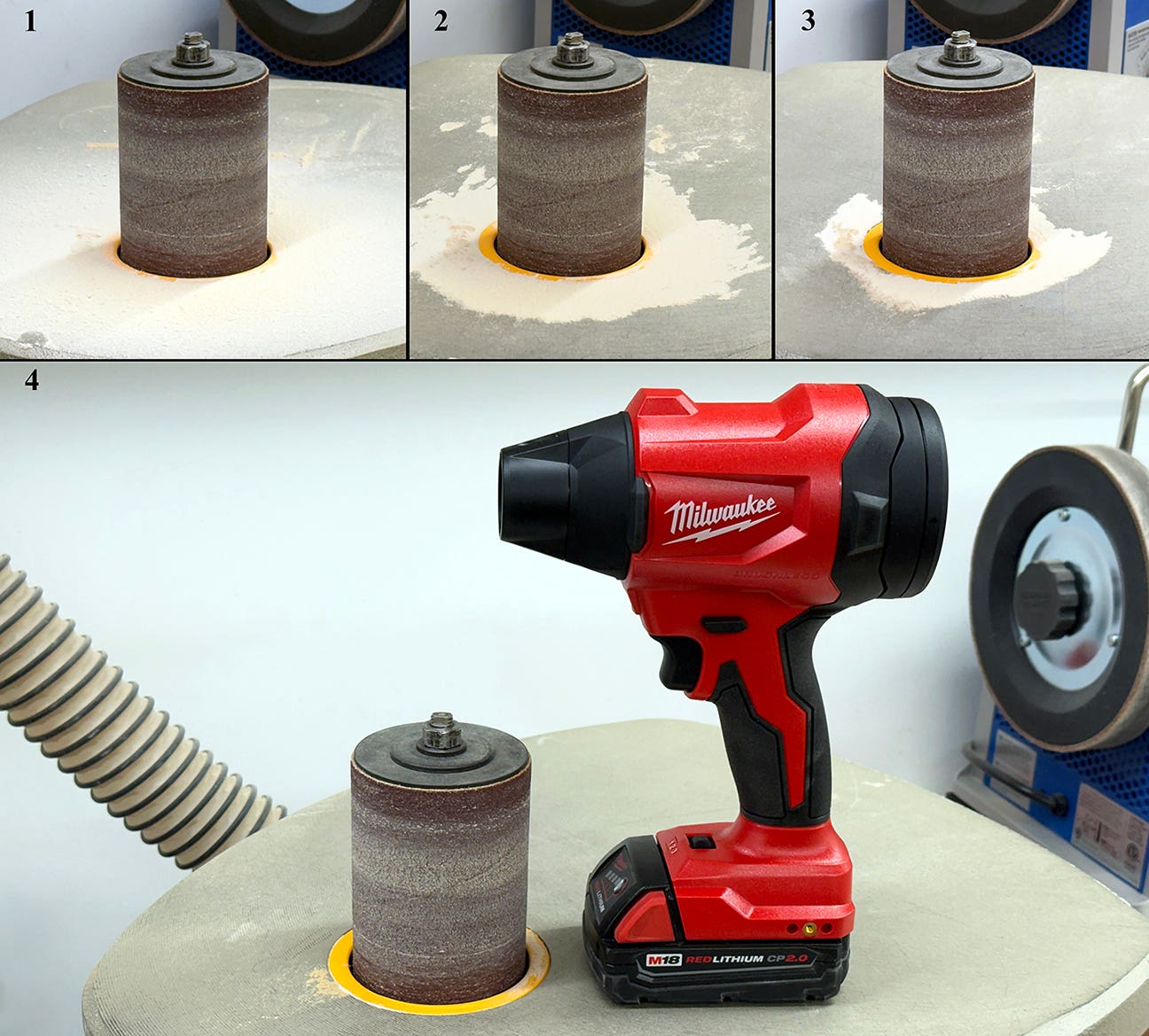Shoppers – Part 1
Everyone likes shopping. Well, maybe I should say most people like shopping. But even for the ones who don’t actually enjoy shopping, it is, from time to time, necessary. But,…
Everyone likes shopping. Well, maybe I should say most people like shopping. But even for the ones who don't actually enjoy shopping, it is, from time to time, necessary. But, every so often you run into someone who doesn't just like shopping, they are addicted to shopping. Of those, there are two main classifications.
There are what are called "window shoppers", the people who walk into a store, are greeted by the sales person with the ubiquitous, "May I help you?", and respond with "No, I'm just looking." What these shoppers are telling you is that they do not want you to follow them around the store. They want to be left alone. They may or may not have any intention to purchase something. They may be comparing prices. They may simply be waiting for their spouse to finish getting their hair cut. But one way or the other, they are letting you off the hook.
Now, before anyone gets too excited, let me say that I am aware that an experienced sales person will never greet a shopper with a question like "May I help you?" for precisely the reason that it can be answered with "No, I'm just looking" which, for all practical purposes, ends the interaction. You always want to avoid offering a potential customer the opportunity to say "No." But this kind of subtle "technique" is much more applicable in a walk-in retail environment. For those of us engaged primarily in custom shop work, unless you are one of the fortunate few with an actual showroom or retail space, there is little in our shops to peruse and most of the perusing requires us to invest time interacting with the shopper.
This brings us to the second main classification of shopper which I call the "interactive shopper." The interactive shopper in not there to look. They are there because they want to engage with someone and they see you as being kind of a "captive audience" because you need to sell your product and you are not going to take the chance that anything you say or do may put off a potential paying customer.
As people who own and operate a business, we need shoppers. And either of the above can end up being a paying customer. But it takes a bit of understanding to figure out which person actually has the potential to become a customer and which one is just going to eat up a lot of your time. Tune in later this week for some tips on how to tell one from the other.
D.D.
David DeCristoforo possesses an extensive resume as designer/maker of fine furniture, high-end cabinetry and architectural woodwork. His experience in professional woodworking spans a period of 35 years. For the past 20 years David DeCristoforo Design has been located in Woodland, California. During this time David's shop has ranged in scope from a "full on" cabinet production shop with as many as 15 employees to a small fine furniture and custom millwork shop, working with his son, David RBJ, a highly skilled maker in his own right.







